Why eat foods rich in omega-3s?
The benefits of omega-3s
Omega-3s are part of the lipid family and more specifically polyunsaturated fatty acids.
Absorbed in the intestine, they are used by the body or stored as fat.
There are 3 main types of omega-3s:
- alpha-linolenic acid (ALA)
- eicosapentaenoic acid (EPA)
- docosahexaenoic acid (DHA)
Essential to the body, they participate in numerous functions. Thus, they:
- compose the cell membrane
- protect the cardiovascular system
- support the nervous system
- reduce inflammation
- improve skin appearance
These fatty acids are described as “essential“. This means they must be supplied through the diet, since the body cannot synthesize them itself.
Hence the importance of having a diet sufficiently rich in omega-3s or of taking supplements.
Also read | Our tips for buying the best omega-3s
What are the omega-3 requirements?
According to ANSES (French Agency for Food, Environmental and Occupational Health & Safety), alpha-linolenic acid (ALA) should represent 1% of total energy intake in adults.
Eicosapentaenoic acid (EPA) and docosahexaenoic acid (DHA) should be consumed at 250 mg/day.
It is also essential to diversify the sources and the type of omega-3s.
Top 10 foods rich in omega-3s
Flaxseed oil
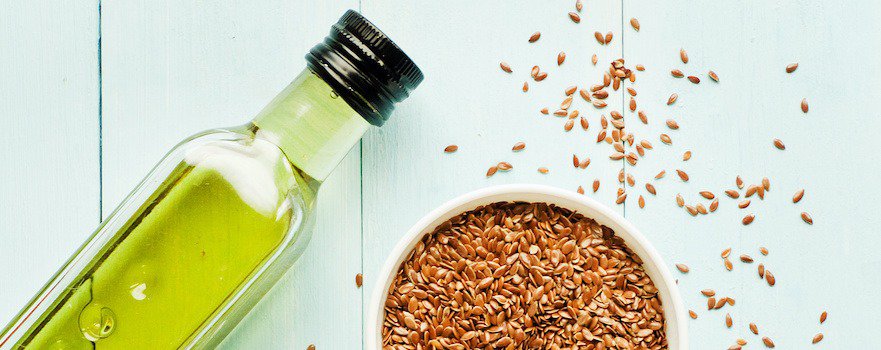
Flaxseed oil is extracted from the seeds of the plant Linum usitatissimum. The flax seeds are composed of 40 % fatty acids including omega-3, omega-6, and omega-9.
With 53 g per 100 g, it is particularly rich in alpha-linolenic acid (ALA).
Along with walnut, hemp, soy and camelina oils, it is one of the richest in polyunsaturated fatty acids.
How to use it: Use it to dress cold dishes (salads, vegetables…), for sauces and vinaigrettes. This oil is not suitable for cooking.
Chia seeds
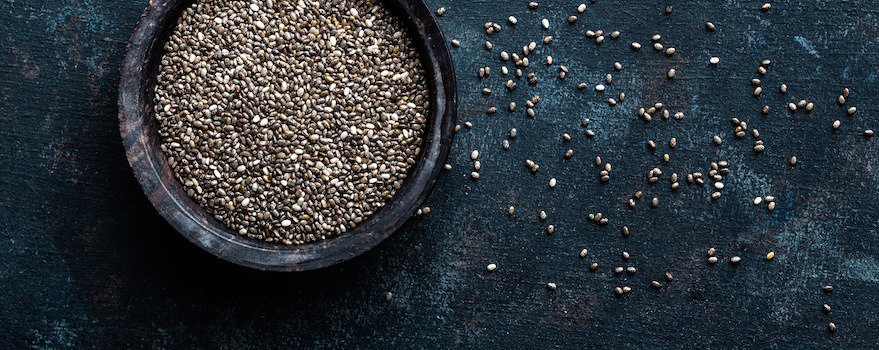
The chia seeds (Salvia hispanica) are a true omega-3 powerhouse. They mainly contain alpha-linolenic fatty acids: nearly 18 g/100 g.
As shown by this study, consumption of chia seeds increases the levels of alpha-linolenic acid (ALA) and eicosapentaenoic acid (EPA) in the blood.
Comment les consommer : ajoutez-en dans vos mueslis, salades, smoothies, yaourts, soupes… Vous pouvez aussi les utiliser pour préparer un délicieux chia pudding.
Cod liver oil

Cod liver oil contains 11 g/100 g of DHA and 8 g/100 g of EPA. It is one of the best animal sources of omega-3s, along with salmon and sardine oils.
How to consume it : despite its bitter, fishy taste, it can be consumed as is. It can also be taken as a dietary supplement, in capsule form.
Fatty fish
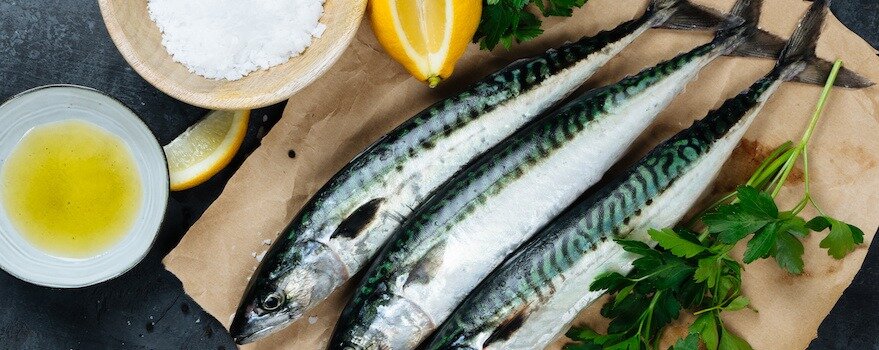
Mackerel, sardines, herrings… are all fatty fish high in lipids and particularly rich in omega-3s. Mackerel, for example, contains 3 g/100 g of DHA.
Same for herring, which contains 3 g/100 g of EPA compared to 1 g/100 g for sardines.
We can also mention salmon, tuna, eel and anchovies as fatty fish rich in polyunsaturated fatty acids.
How to consume them : favor gentle cooking, for example steaming. This way, you’ll preserve the omega-3s which are very sensitive to heat and degrade quickly.
Walnuts
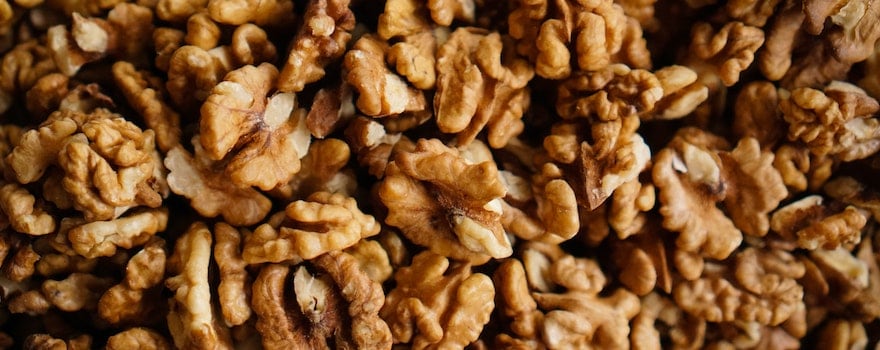
With 7.5 g per 100 g, walnuts are rich in alpha-linolenic acid (ALA). These include Grenoble walnuts, cashews or Brazil nuts. The latter contain 25.5 g/100 g of polyunsaturated fatty acids including alpha-linolenic acid (ALA).
This applies to nuts but also to walnut oil, which contains nearly 12 g/100 g of ALA.
How to consume them : eat them as is as a snack or add them to salads, mueslis, desserts… Walnut oil should be used only for dressing.
Wheat germ
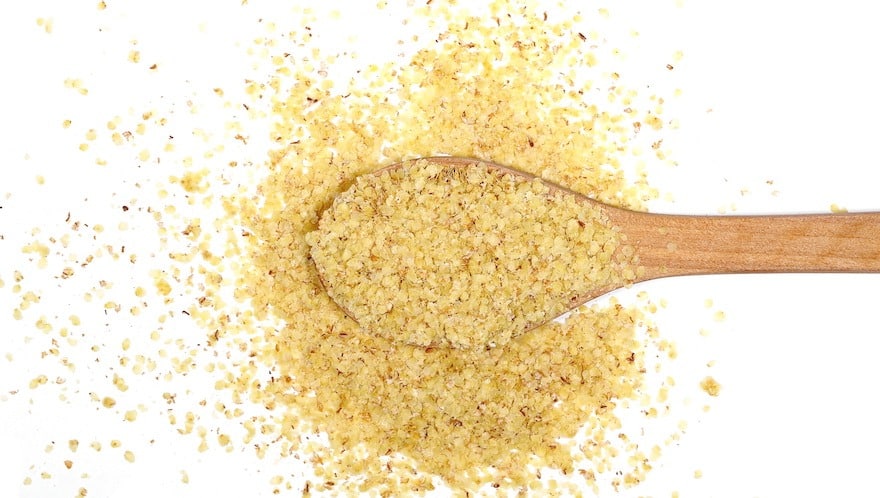
The wheat germ contains interesting amounts of omega-3s, especially when consumed in oil form.
Indeed, wheat germ oil provides nearly 6 g/100 g of alpha-linolenic acid (ALA).
How to consume it : you can find wheat germ in flakes or shreds, to sprinkle on salads, raw vegetables, mueslis… Wheat germ oil is used only for seasoning.
Purslane
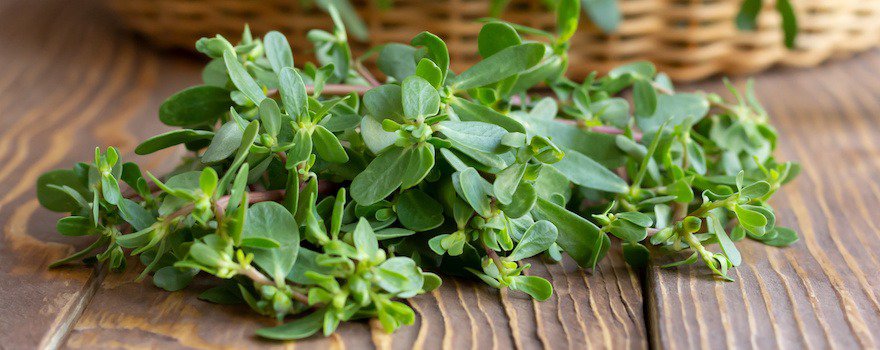
The leaves of purslane (Portulaca oleracea) are among the best plant sources of omega-3.
They contain between 100 and 500 mg of fatty acids per 100 g, mainly alpha-linolenic acid (ALA).
How to consume it : serve the leaves raw in salads, with raw vegetables, avocado…
Lean fish
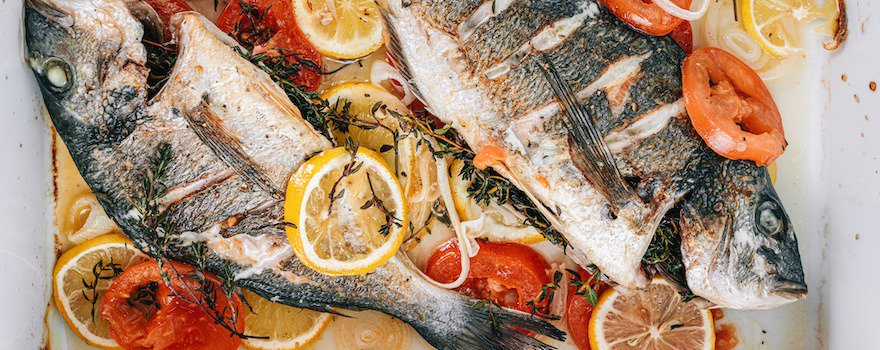
In addition to fatty fish, some lean fish also provide omega-3s.
The gilthead sea bream, for example, contains 0.56 g/100 g of docosahexaenoic acid (DHA) and 0.47 g/100 g of eicosapentaenoic acid (EPA).
The whiting, for its part, mainly provides DHA (0.14 g/100 g).
How to consume them : opt for steaming.
Algae

Some seaweeds provide a large amount of polyunsaturated fatty acids. They are very valuable plant sources for vegetarians or vegans.
Among them are Odontella aurita, Schizochytrium, and nori.
dried nori provides 0.7 g/100 g of polyunsaturated fatty acids, including EPA and DHA.
How to consume them : fresh or dehydrated, as sheets or flakes. They are ideal in salads, soups, rice…
Cabbages

Cabbages are among the few vegetables that provide omega-3s. White cabbage, kohlrabi, cauliflower, and curly kale all contain them.
The kale (Brassica oleracea) contains little fat (0.9 g/100 g) but a significant amount of alpha-linolenic acid (ALA).How to consume them : raw, in salads. You can also lightly sauté them, prepare them in soup or in green smoothies.



